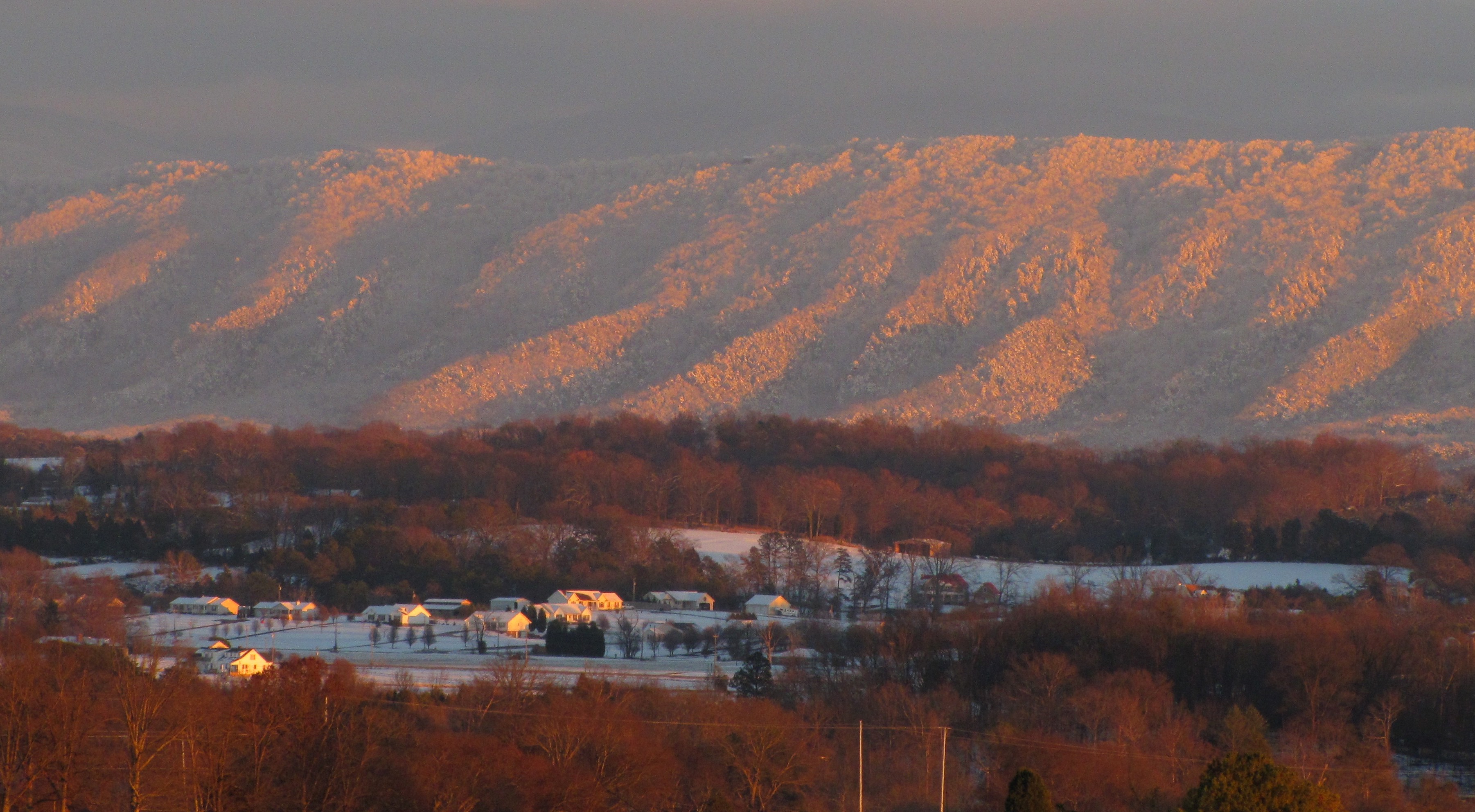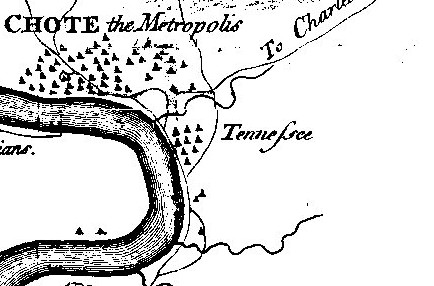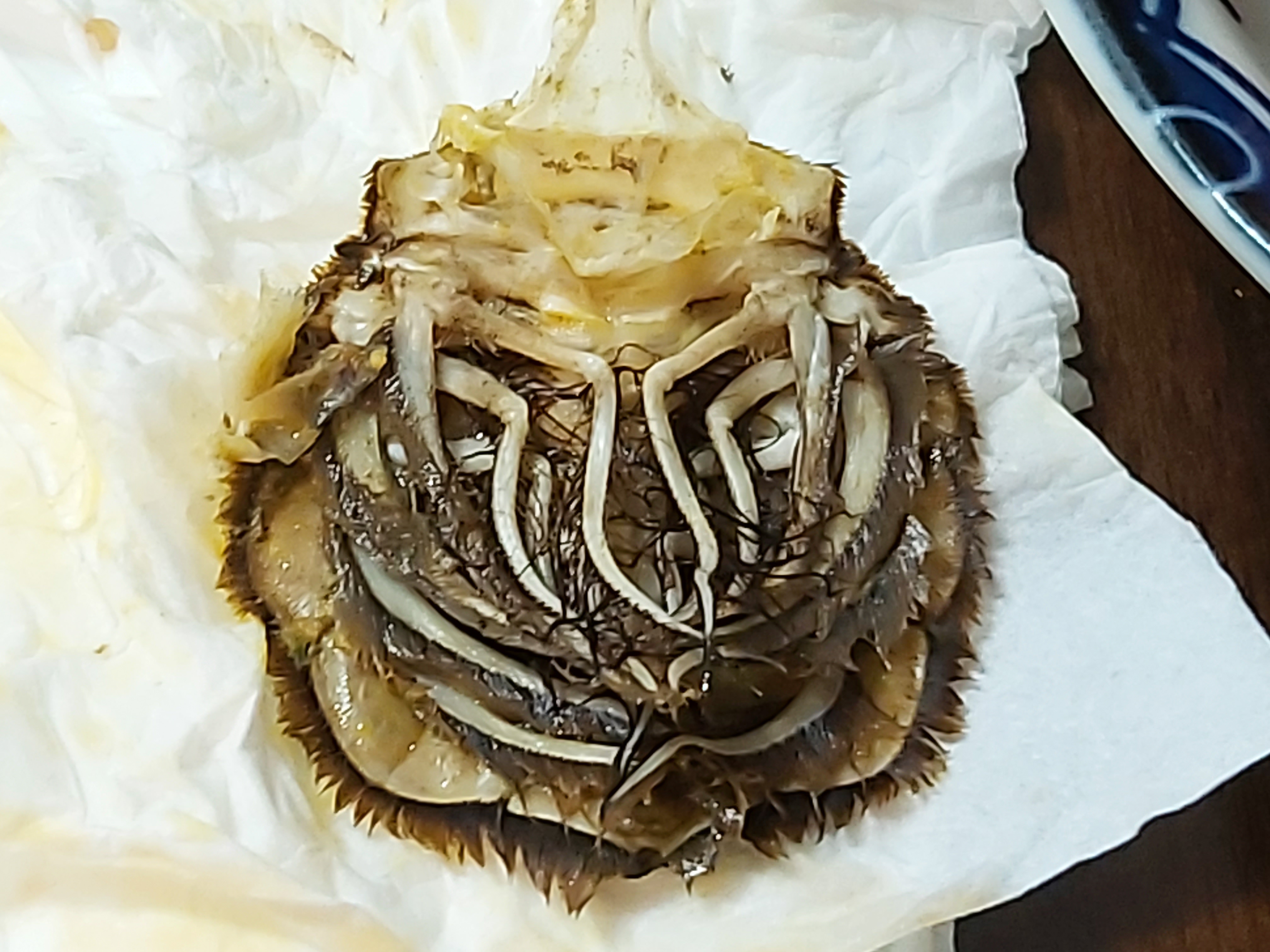|
Ligidium Whiteoak
''Ligidium whiteoak'' is a species of terrestrial isopod in the family Ligiidae, found in the United States. It is only known from a single location in Blount County, Tennessee. The species name ''whiteoak'' refers to Whiteoak Sink, a trail within Great Smoky Mountains National Park, where the species was first discovered. Its habitat consists of moist leaf litter in deciduous forest. ''Ligidium whiteoak'' can be distinguished from closely related species by the second male pleopod endopodite showing a broad projection, rising dorsally and medially from the caudal Caudal may refer to: Anatomy * Caudal (anatomical term) (from Latin ''cauda''; tail), used to describe how close something is to the trailing end of an organism * Caudal artery, the portion of the dorsal aorta of a vertebrate that passes into th ... margin of the tip and projecting caudally and slightly outwards. The size of adult males ranges from in length and in width, and the size of adult females ranges from ... [...More Info...] [...Related Items...] OR: [Wikipedia] [Google] [Baidu] |
Isopoda
Isopoda is an order of crustaceans. Members of this group are called isopods and include both aquatic species and terrestrial species such as woodlice. All have rigid, segmented exoskeletons, two pairs of antennae, seven pairs of jointed limbs on the thorax, and five pairs of branching appendages on the abdomen that are used in respiration. Females brood their young in a pouch under their thorax called the marsupium. Isopods have various feeding methods: some eat dead or decaying plant and animal matter, others are grazers or filter feeders, a few are predators, and some are internal or external parasites, mostly of fish. Aquatic species mostly live on the seabed or the bottom of freshwater bodies of water, but some taxa can swim for short distance. Terrestrial forms move around by crawling and tend to be found in cool, moist places. Some species are able to roll themselves into a ball as a defense mechanism or to conserve moisture like species in the family Armadilli ... [...More Info...] [...Related Items...] OR: [Wikipedia] [Google] [Baidu] |
Ligiidae
Ligiidae is a family of woodlice, the only family in the infraorder Diplocheta. Its members are common on rocky shores, in similar habitats to those inhabited by species of the bristletail '' Petrobius'' and the crab '' Cyclograpsus''. The family contains these genera: *'' Caucasoligidium'' Borutzky, 1950 *†'' Eoligiiscus'' Sánchez-García, Peñalver, Delclos & Engel, 2021 *''Ligia ''Ligia'' is a genus of isopods, commonly known as rock lice or sea slaters. Most ''Ligia'' species live in tidal zone cliffs and rocky beaches, but there are several fully terrestrial species which occur in high-humidity environments. Ecolo ...'' Fabricius, 1798 *'' Ligidioides'' Wahrberg, 1922 *'' Ligidium'' Brandt, 1833 *'' Tauroligidium'' Borutzky, 1950 *'' Typhloligidium'' Verhoeff, 1918 References Woodlice Isopod families {{isopod-stub ... [...More Info...] [...Related Items...] OR: [Wikipedia] [Google] [Baidu] |
United States
The United States of America (USA), also known as the United States (U.S.) or America, is a country primarily located in North America. It is a federal republic of 50 U.S. state, states and a federal capital district, Washington, D.C. The 48 contiguous states border Canada to the north and Mexico to the south, with the semi-exclave of Alaska in the northwest and the archipelago of Hawaii in the Pacific Ocean. The United States asserts sovereignty over five Territories of the United States, major island territories and United States Minor Outlying Islands, various uninhabited islands in Oceania and the Caribbean. It is a megadiverse country, with the world's List of countries and dependencies by area, third-largest land area and List of countries and dependencies by population, third-largest population, exceeding 340 million. Its three Metropolitan statistical areas by population, largest metropolitan areas are New York metropolitan area, New York, Greater Los Angeles, Los Angel ... [...More Info...] [...Related Items...] OR: [Wikipedia] [Google] [Baidu] |
Blount County, Tennessee
Blount County is a County (United States), county located in the East Tennessee Grand Divisions of Tennessee, Grand Division of the U.S. state of Tennessee. As of the 2020 United States census, 2020 census, its population was 135,280. The county seat is Maryville, Tennessee, Maryville, which is also the county's largest city. Blount County is included in the Knoxville metropolitan area. History What is today Blount County was for many thousands of years Indian territory, passed down to the Cherokee tribe that claimed the land upon the arrival of White settlers in the late 18th century. Shortly thereafter, on July 11, 1795, Blount County became the 10th county established in Tennessee, when the Territorial Legislature voted to split adjacent Knox County, Tennessee, Knox and Jefferson County, Tennessee, Jefferson Counties. The new county was named for the governor of the Southwest Territory, William Blount, and its county seat, Maryville, Tennessee, Maryville, was named for his wi ... [...More Info...] [...Related Items...] OR: [Wikipedia] [Google] [Baidu] |
Tennessee
Tennessee (, ), officially the State of Tennessee, is a landlocked U.S. state, state in the Southeastern United States, Southeastern region of the United States. It borders Kentucky to the north, Virginia to the northeast, North Carolina to the east, Georgia (U.S. state), Georgia, Alabama, and Mississippi to the south, Arkansas to the southwest, and Missouri to the northwest. Tennessee is the List of U.S. states and territories by area, 36th-largest by area and the List of U.S. states and territories by population, 15th-most populous of the 50 states. According to the United States Census Bureau, the state's estimated population as of 2024 is 7.22 million. Tennessee is geographically, culturally, and legally divided into three Grand Divisions of Tennessee, Grand Divisions of East Tennessee, East, Middle Tennessee, Middle, and West Tennessee. Nashville, Tennessee, Nashville is the state's capital and largest city, and anchors its largest metropolitan area. Tennessee has dive ... [...More Info...] [...Related Items...] OR: [Wikipedia] [Google] [Baidu] |
Great Smoky Mountains National Park
Great Smoky Mountains National Park is a List of national parks of the United States, national park of the United States in the southeastern United States, southeast, with parts in North Carolina and Tennessee. The park straddles the ridgeline of the Great Smoky Mountains, part of the Blue Ridge Mountains and part of the Appalachian temperate rainforest, which are a division of the larger Appalachian Mountains, Appalachian Mountain chain. The park contains some of the highest mountains in eastern North America, including Kuwohi, Mount Guyot (Great Smoky Mountains), Mount Guyot, and Mount Le Conte (Tennessee), Mount Le Conte. The border between the two states runs northeast to southwest through the center of the park. The Appalachian Trail passes through the center of the park on its route from Georgia (U.S. state), Georgia to Maine. With 13 million visitors in 2023, the Great Smoky Mountains National Park is the most visited national park in the United States. The park encompass ... [...More Info...] [...Related Items...] OR: [Wikipedia] [Google] [Baidu] |
Deciduous Forest
In the fields of horticulture and botany, the term deciduous () means "falling off at maturity" and "tending to fall off", in reference to trees and shrubs that seasonally shed leaves, usually in the autumn; to the shedding of petals, after flowering; and to the shedding of ripe fruit. The antonym of deciduous in the botanical sense is evergreen. Generally, the term "deciduous" means "the dropping of a part that is no longer needed or useful" and the "falling away after its purpose is finished". In plants, it is the result of natural processes. "Deciduous" has a similar meaning when referring to animal parts, such as deciduous antlers in deer, deciduous teeth (baby teeth) in some mammals (including humans); or decidua, the uterine lining that sheds off after birth. Botany In botany and horticulture, deciduous plants, including trees, shrubs and herbaceous perennials, are those that lose all of their leaves for part of the year. This process is called abscission. In some ... [...More Info...] [...Related Items...] OR: [Wikipedia] [Google] [Baidu] |
Pleopod
The anatomy of a decapod consists of 20 body segments grouped into two main body parts: the cephalothorax and the pleon (abdomen). Each segment – often called a somite – may possess one pair of appendages, although in various groups these may be reduced or missing. Cephalothorax Head # antennules # antennae # mandibles # first maxillae # second maxillae The head also bears the (usually stalked) compound eyes. The distal portion of a mandible or maxilla which has a sensory function is known as a palp. Thorax / pereon #first maxillipeds #second maxillipeds #third maxillipeds #first pereiopods #second pereiopods #third pereiopods #fourth pereiopods #fifth pereiopods Maxillipeds are appendages modified to function as mouthparts. Particularly in the less advanced decapods, these can be very similar to the pereiopods. Pereiopods are primarily walking legs and are also used for gathering food. They are also the ten legs from which decapods take their name. Those pereiopods which ... [...More Info...] [...Related Items...] OR: [Wikipedia] [Google] [Baidu] |
Endopodite
The arthropod leg is a form of jointed appendage of arthropods, usually used for walking. Many of the terms used for arthropod leg segments (called podomeres) are of Latin origin, and may be confused with terms for bones: ''coxa'' (meaning hip, : ''coxae''), ''trochanter'', ''femur'' (: ''femora''), ''tibia'' (: ''tibiae''), ''tarsus'' (: ''tarsi''), ''ischium'' (: ''ischia''), ''metatarsus'', ''carpus'', ''dactylus'' (meaning finger), ''patella'' (: ''patellae''). Homologies of leg segments between groups are difficult to prove and are the source of much argument. Some authors posit up to eleven segments per leg for the most recent common ancestor of extant arthropods but modern arthropods have eight or fewer. It has been argued that the ancestral leg need not have been so complex, and that other events, such as successive loss of function of a ''Hox''-gene, could result in parallel gains of leg segments. In arthropods, each of the leg segments articulates with the next segmen ... [...More Info...] [...Related Items...] OR: [Wikipedia] [Google] [Baidu] |
Caudal Caudal may refer to: Anatomy * Caudal (anatomical term) (from Latin ''cauda''; tail), used to describe how close something is to the trailing end of an organism * Caudal artery, the portion of the dorsal aorta of a vertebrate that passes into the tail * Caudal cell mass, the aggregate of undifferentiated cells at the caudal end on the spine * Caudal fin, the tail fin of a fish * Caudal vertebrae, that make up the tail of tailed animals Places * Caudal (comarca), an administrative division of Asturias, Spain * Caudal (river), in northern Spain * Caudal Hills, Antarctica Other uses * Caudal (protein), a family of homeobox transcription factors * Anne-Lise Caudal (born 1984), a French golfer See also * *Cauda (other) The cauda is a characteristic feature of songs in the conductus style of ''a cappella'' music. Cauda may refer to: * a tail-like protrusion of an aphid * Gavdos Gavdos ( ) is the southernmost Greek island, located to the south of its much la ... [...More Info...] [...Related Items...] OR: [Wikipedia] [Google] [Baidu] |
Endemic Crustaceans Of The United States
Endemism is the state of a species being found only in a single defined geographic location, such as an island, state, nation, country or other defined zone; organisms that are indigenous to a place are not endemic to it if they are also found elsewhere. For example, the Cape sugarbird is found exclusively in southwestern South Africa and is therefore said to be ''endemic'' to that particular part of the world. An endemic species can also be referred to as an ''endemism'' or, in scientific literature, as an ''endemite''. Similarly, many species found in the Western ghats of India are examples of endemism. Endemism is an important concept in conservation biology for measuring biodiversity in a particular place and evaluating the risk of extinction for species. Endemism is also of interest in evolutionary biology, because it provides clues about how changes in the environment cause species to undergo range shifts (potentially expanding their range into a larger area or becoming ... [...More Info...] [...Related Items...] OR: [Wikipedia] [Google] [Baidu] |





